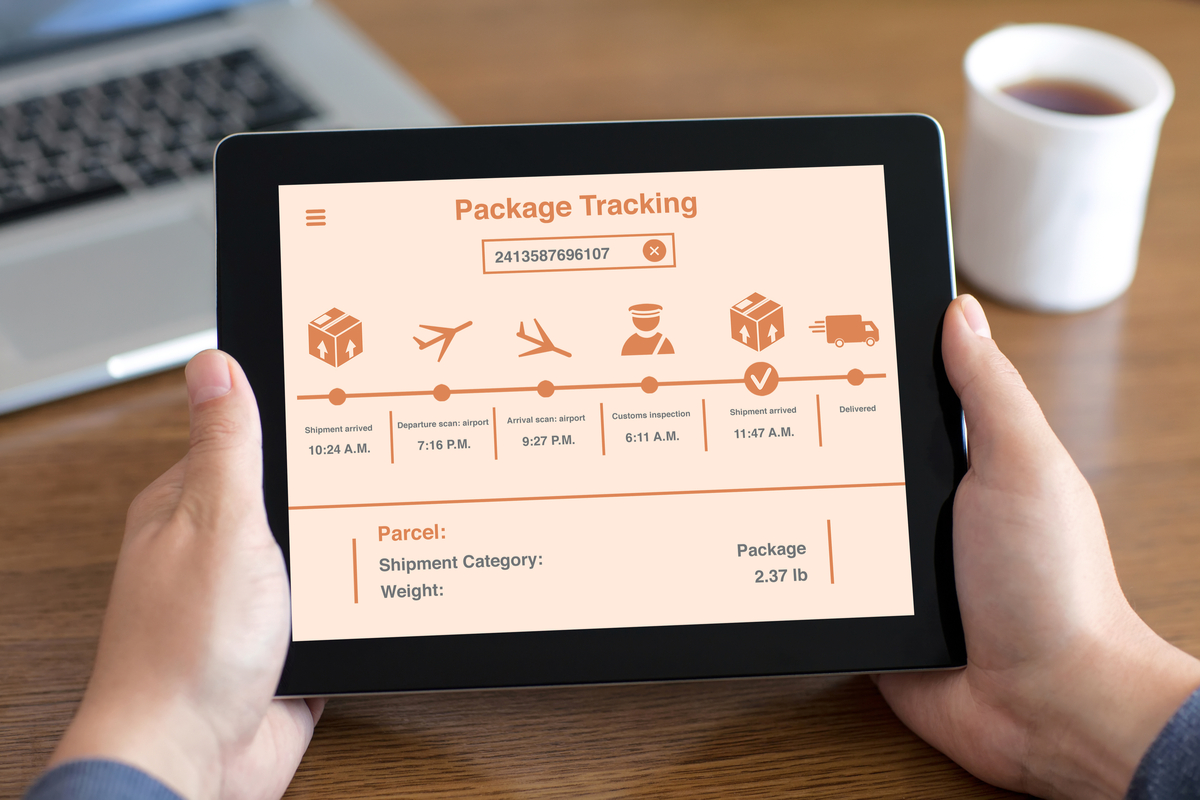New technologies are giving shippers and stakeholders much better ways to keep track of all of that freight that’s flying around in global transit.
Whether your packages are going dozens of miles or thousands of miles, you want to take advantage of cutting-edge technology to track these items and make sure they are in good condition when they arrive at their destinations. Premium tracking minimizes the chance of missing goods and helps with avoiding certain kinds of damage and product loss.
Let’s talk about some of the tracking metrics that we provide with our unique package tracking services.
Location
This is the obvious one. GPS and related technologies started giving us the ability to track years ago. Now modern tracking tools are much more sophisticated and really show you where things are at in real-time. We also maintain a range of additional useful features along with location tracking that are vital for enhancing your shipping projects. Browse the site to get a better picture of how this works.
Temperature
Cold chain logistics is a big deal in foodservice, healthcare and any kind of vertical where perishables are being shipped from one place to another.
With our package tracking services, you don’t have to guess whether something is being kept at a proper temperature. Real-time temperature reporting helps to allay various concerns around the treatment of everything from raw meat to medical specimens.
Humidity
It might seem like a small detail to some people who have the responsibility to manage items in transit, but for many types of more fragile or delicate materials, humidity plays a key role. Traditional practices include using silica capsules to keep things dry. Now you can monitor the dryness of the environment with package tracking tools – again, to take the guesswork out of the process.
Orientation
For a while now, we’ve had boxes that say “this side up” – but that doesn’t at all ensure that you’re going to see the box get to its destination showing the right top surface.
Our trackers can also ensure correct orientation for product integrity.
In addition, we can measure light and pressure. All of this is helpful for our customers, to make sure their packages are treated well. Our machine to machine and wireless systems offer GPS fleet tracking and systems like dashcams provide additional visual input that’s useful for planning. Take a look at everything that we offer and think about how it can add functionality to your business operations.


